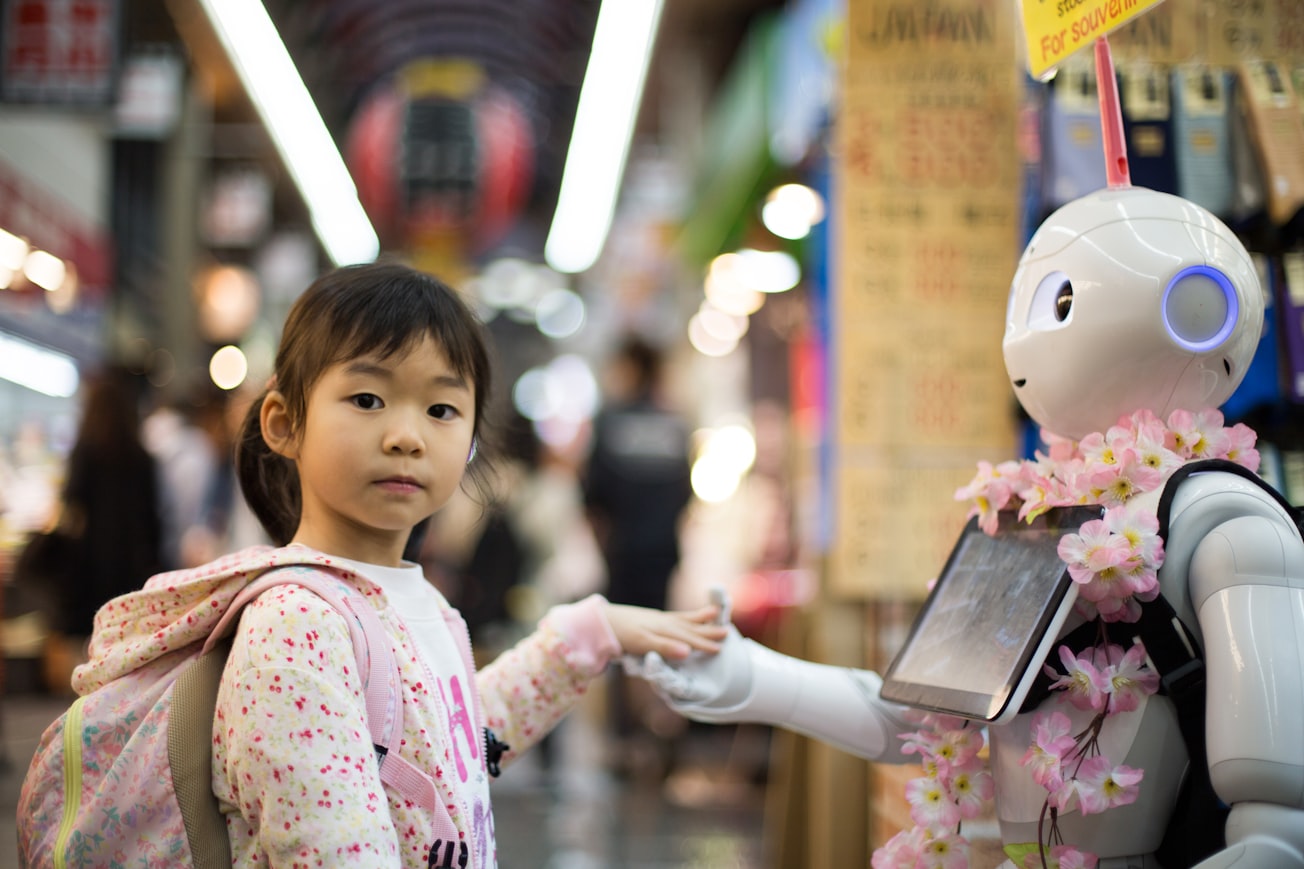What is it about?
We introduce a new approach or method for how to develop social robotics applications in the most responsible fashion. This approach is called "Integrative Social Robotics", and we motivate this approach and present its five leading principles. We argue the current social robotics research is conducted without including relevant expertise. One would not develop a weeding robot without involving a plant expert, but engineers develop social robotics without involving the experts on human social experiences, ethics, and social well-being, namely, researchers from anthropology, philosophy, social psychology, and cognitive science. It is a misconception to believe that the engineers themselves can provide expert knowledge in these areas. One of the principles of Integrative Social Robotics thus calls for the involvement of all relevant expertise. Another principle, the so-called 'Non-Replacement Maxim' says that "Robots may only do what humans should but cannot do". This principle introduced a value-geared perspective into robotics development from the very beginning--it generates a value-focused discussion among all stakeholders throughout the research and development process. Only in the course of value-focused joint deliberations that includes all involved and all relevant expert knowledge can we create responsible, culturally sustainable applications of this new technology. As a more marginal issue, we discuss whether social robotics will become a a field where different disciplines can be integrated into one comprehensive framework.
Featured Image

Photo by Andy Kelly on Unsplash
Why is it important?
Since the social robotics market is developing fast, it is crucially important to develop concrete recommendations for how to ensure that we are using this new technology in the right way. Social robotics is caught in the predicament that we currently do not yet have sufficient research data to assess the potential negative effects of social robotics, and will only have them at a time when we no longer can extract the technology (so-called Collingridge dilemma). As we argue, in social robotics this predicament appears as a triple gridlock of description, evaluation, and regulation. Integrative Social Robotics is an approach that helps us to escape this predicament.
Perspectives
This article challenges the methods currently applied in a social robotics and HRI research and we are delighted that, after a protracted review process, it was possible to publish this paper. Social robotics and HRI are comparatively young areas, but already 'standardizations' of interdisciplinary composition have set in. If social robotics applications are to be successful, it is vitally important that the field(s) increasingly include expertise about the analysis of the content of human experience.
Johanna Seibt
Aarhus University
Read the Original
This page is a summary of: Integrative social robotics, value-driven design, and transdisciplinarity, Interaction Studies Social Behaviour and Communication in Biological and Artificial Systems, January 2020, John Benjamins,
DOI: 10.1075/is.18061.sei.
You can read the full text:
Resources
Contributors
The following have contributed to this page










